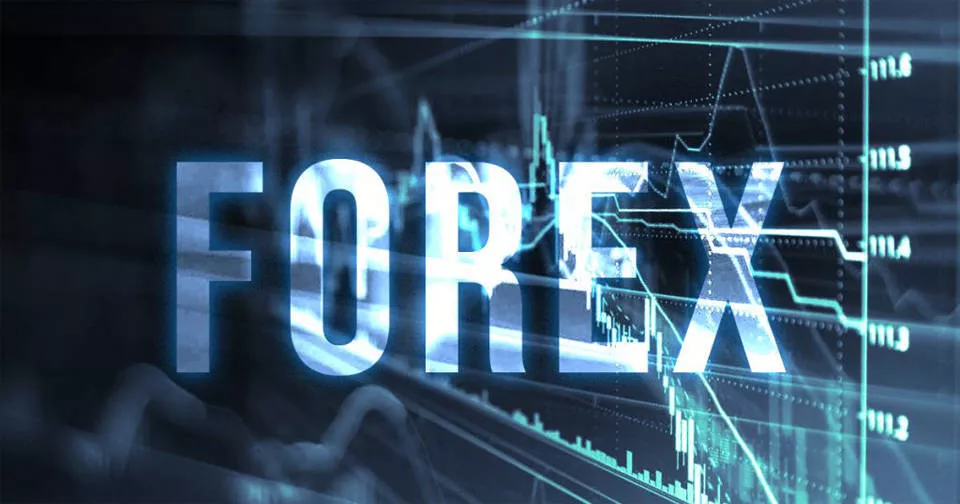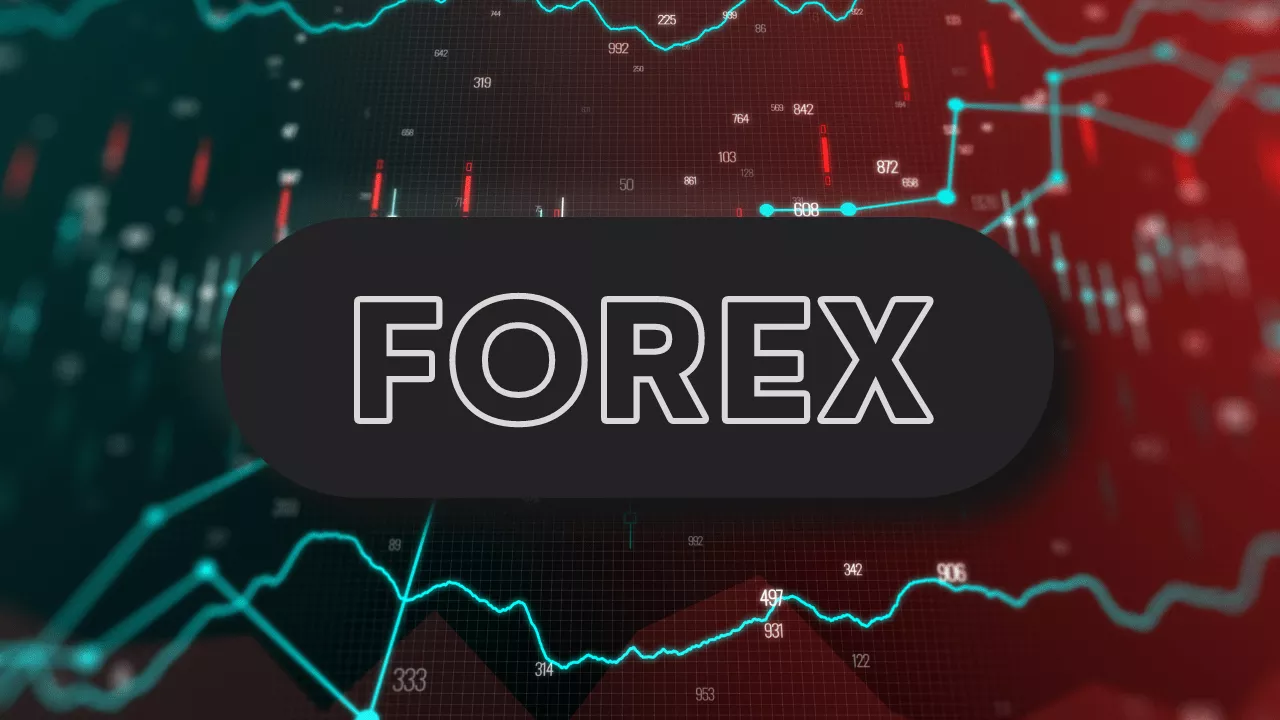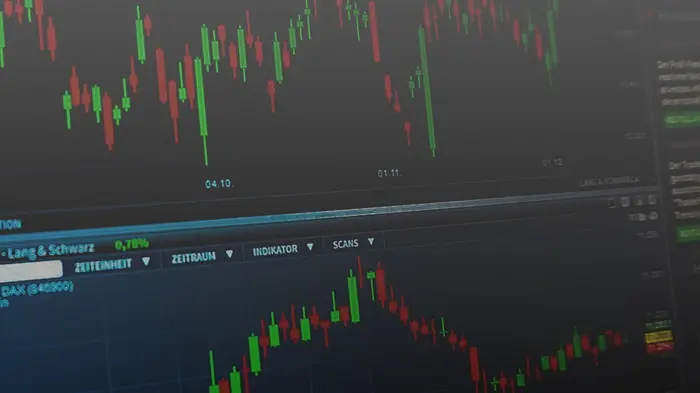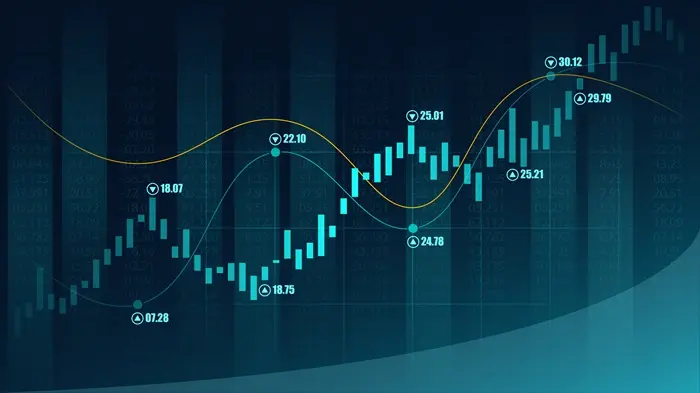Manufacturing insurance is a specialized type of business insurance designed to protect manufacturers from financial losses related to their operations. Manufacturing businesses face unique risks, including equipment breakdowns, product liability, and supply chain disruptions. Understanding the cost of manufacturing insurance and the factors that influence it can help business owners make informed decisions about their coverage needs. This article will explore the various aspects of manufacturing insurance, the types of coverage available, and how to determine the right policy for your business.
Understanding Manufacturing Insurance
Manufacturing insurance is a comprehensive insurance package tailored to the specific needs of manufacturing businesses. It provides coverage for a wide range of risks, including property damage, liability claims, and business interruption. Manufacturing insurance is essential for protecting against financial losses that could disrupt operations and impact profitability.
Key Features of Manufacturing Insurance
Property Coverage: Protects the physical assets of the manufacturing facility, including buildings, equipment, and inventory.
Liability Coverage: Provides protection against legal claims for bodily injury or property damage caused by the manufacturer’s products or operations.
Business Interruption Coverage: Covers lost income and additional expenses if the manufacturing operations are disrupted due to a covered event.
Product Liability Coverage: Protects against claims related to defective products that cause harm or damage.
Types of Coverage in Manufacturing Insurance
Manufacturing insurance policies typically offer several types of coverage to address different risks and needs. Here are the main types of coverage available:
Property Insurance
Property insurance provides coverage for the physical assets of the manufacturing facility, including buildings, equipment, and inventory. This coverage is essential for repairing or replacing damaged property due to covered perils.
Covered Perils:
Fire and Smoke: Damage caused by fire or smoke.
Wind and Hail: Damage from windstorms or hail.
Lightning: Damage caused by lightning strikes.
Theft and Vandalism: Damage or loss due to theft or vandalism.
Explosion: Damage caused by explosions.
Liability Insurance
Liability insurance provides protection against legal claims for bodily injury or property damage caused by the manufacturer’s products or operations. This coverage is essential for minimizing financial risks associated with lawsuits.
Coverage Includes:
Bodily Injury Liability: Covers legal claims for injuries caused to others.
Property Damage Liability: Covers legal claims for damage to property caused by the manufacturer.
Legal Defense Costs: Covers the cost of legal defense in the event of a lawsuit.
Business Interruption Insurance
Business interruption insurance provides coverage for lost income and additional expenses if the manufacturing operations are disrupted due to a covered event. This coverage is essential for maintaining cash flow and covering ongoing expenses during a disruption.
Coverage Includes:
Lost Income: Covers the loss of income due to a disruption in operations.
Additional Expenses: Covers additional expenses incurred to minimize the disruption and resume operations.
Extended Period of Indemnity: Provides coverage for a specified period after operations resume to account for reduced income.
Product Liability Insurance
Product liability insurance provides protection against claims related to defective products that cause harm or damage. This coverage is essential for manufacturers who produce and distribute products to the public.
Coverage Includes:
Defective Products: Covers claims related to defective products that cause harm or damage.
Legal Defense Costs: Covers the cost of legal defense in the event of a lawsuit.
Settlements and Judgments: Covers settlements and judgments resulting from product liability claims.
Equipment Breakdown Insurance
Equipment breakdown insurance provides coverage for the repair or replacement of manufacturing equipment that breaks down due to mechanical or electrical failure. This coverage is essential for minimizing downtime and maintaining production.
Coverage Includes:
Repair Costs: Covers the cost of repairing or replacing damaged equipment.
Lost Income: Covers the loss of income due to equipment breakdown.
Expediting Expenses: Covers additional expenses incurred to expedite repairs and minimize downtime.
Workers’ Compensation Insurance
Workers’ compensation insurance provides coverage for medical expenses and lost wages for employees who are injured or become ill due to their work. This coverage is essential for complying with legal requirements and protecting employees.
Coverage Includes:
Medical Expenses: Covers the cost of medical treatment for work-related injuries or illnesses.
Lost Wages: Provides compensation for lost wages due to work-related injuries or illnesses.
Rehabilitation Costs: Covers the cost of rehabilitation services for injured employees.
Factors Influencing the Cost of Manufacturing Insurance
The cost of manufacturing insurance can vary widely depending on several factors. Understanding these factors can help you estimate the cost and choose the right policy for your business.
Type of Manufacturing Business
The type of manufacturing business you operate can significantly impact the cost of insurance. Different types of manufacturing have different risks and coverage needs.
Examples:
Food Manufacturing: Higher risk of product liability claims due to potential contamination.
Chemical Manufacturing: Higher risk of environmental liability and equipment breakdown.
Electronics Manufacturing: Higher risk of product liability claims and equipment breakdown.
Size of the Business
The size of your manufacturing business, including the number of employees and the value of your assets, can impact the cost of insurance. Larger businesses with more employees and higher asset values typically pay higher premiums.
Factors to Consider:
Number of Employees: More employees increase the risk of workers’ compensation claims.
Value of Assets: Higher asset values increase the cost of property insurance.
Revenue: Higher revenue increases the potential loss from business interruption.
Location of the Business
The location of your manufacturing facility can impact the cost of insurance. Factors such as local crime rates, natural disaster risks, and regulatory requirements can influence premiums.
Factors to Consider:
Crime Rates: Higher crime rates increase the risk of theft and vandalism.
Natural Disaster Risks: Higher risk of natural disasters increases the cost of property insurance.
Regulatory Requirements: Stricter regulatory requirements may increase the cost of liability insurance.
Coverage Limits and Deductibles
The coverage limits and deductibles you choose can impact the cost of insurance. Higher coverage limits and lower deductibles typically result in higher premiums.
Factors to Consider:
Coverage Limits: Higher coverage limits provide more protection but increase premiums.
Deductibles: Lower deductibles reduce out-of-pocket costs but increase premiums.
Claims History
Your business’s claims history can impact the cost of insurance. A history of frequent or large claims can result in higher premiums.
Factors to Consider:
Frequency of Claims: Frequent claims increase the perceived risk and result in higher premiums.
Severity of Claims: Large claims increase the perceived risk and result in higher premiums.
Estimating the Cost of Manufacturing Insurance
To give you a better idea of the cost, let’s look at some average premium estimates for manufacturing insurance. Keep in mind that these are general estimates, and actual premiums can vary based on the factors mentioned above.
Small Manufacturing Business
For a small manufacturing business with 10 employees, 1millioninrevenue,and500,000 in assets, the average annual premium for manufacturing insurance might range from 5,000to15,000.
Coverage Breakdown:
Property Insurance: 2,000−5,000
Liability Insurance: 1,000−3,000
Business Interruption Insurance: 1,000−3,000
Product Liability Insurance: 500−2,000
Equipment Breakdown Insurance: 500−1,000
Workers’ Compensation Insurance: 1,000−3,000
Medium Manufacturing Business
For a medium manufacturing business with 50 employees, 5millioninrevenue,and2 million in assets, the average annual premium for manufacturing insurance might range from 20,000to50,000.
Coverage Breakdown:
Property Insurance: 5,000−15,000
Liability Insurance: 5,000−10,000
Business Interruption Insurance: 5,000−10,000
Product Liability Insurance: 2,000−5,000
Equipment Breakdown Insurance: 1,000−3,000
Workers’ Compensation Insurance: 5,000−10,000
Large Manufacturing Business
For a large manufacturing business with 200 employees, 20millioninrevenue,and10 million in assets, the average annual premium for manufacturing insurance might range from 50,000to150,000.
Coverage Breakdown:
Property Insurance: 20,000−50,000
Liability Insurance: 10,000−30,000
Business Interruption Insurance: 10,000−30,000
Product Liability Insurance: 5,000−15,000
Equipment Breakdown Insurance: 3,000−10,000
Workers’ Compensation Insurance: 10,000−30,000
How to Choose the Right Manufacturing Insurance Policy
Choosing the right manufacturing insurance policy requires careful consideration of your specific needs, risks, and budget. Here are some steps to help you make an informed decision:
Assess Your Risks
Identify the specific risks associated with your manufacturing operations. Consider factors such as:
Type of Manufacturing: Different types of manufacturing have different risks and coverage needs.
Size of the Business: Larger businesses with more employees and higher asset values typically have higher risks.
Location of the Business: The location of your manufacturing facility can impact the risk of theft, natural disasters, and regulatory requirements.
Evaluate Your Coverage Needs
Based on your risk assessment, determine the types of coverage you need. Consider:
Property Coverage: Ensure you have adequate coverage for your buildings, equipment, and inventory.
Liability Coverage: Protect against legal claims for bodily injury or property damage.
Business Interruption Coverage: Ensure you have coverage for lost income and additional expenses during a disruption.
Product Liability Coverage: Protect against claims related to defective products.
Equipment Breakdown Coverage: Minimize downtime and maintain production with coverage for equipment breakdown.
Workers’ Compensation Coverage: Comply with legal requirements and protect employees with workers’ compensation insurance.
Compare Policies and Providers
Take the time to compare different manufacturing insurance policies and providers. Look for:
Coverage Options: Ensure the policy offers the types of coverage you need.
Premiums: Compare the cost of premiums relative to the coverage provided.
Policy Limits: Understand the limits of coverage and ensure they meet your needs.
Exclusions and Limitations: Review the policy details to understand what is and isn’t covered.
Provider Reputation: Choose a reputable provider with a strong financial standing and good customer service.
Consult with an Insurance Professional
An insurance professional can help you assess your risks, evaluate your coverage needs, and choose the right manufacturing insurance policy. They can also provide guidance on how the policy fits into your overall financial plan.
Conclusion
Manufacturing insurance is essential for protecting manufacturing businesses from financial losses related to their operations. Understanding the cost of manufacturing insurance and the factors that influence it can help business owners make informed decisions about their coverage needs. By assessing your risks, evaluating your coverage needs, comparing policies and providers, and consulting with an insurance professional, you can choose the right manufacturing insurance policy to protect your business. With the right coverage in place, you can have peace of mind knowing your manufacturing operations are financially protected against the unexpected.
Related topics:



































